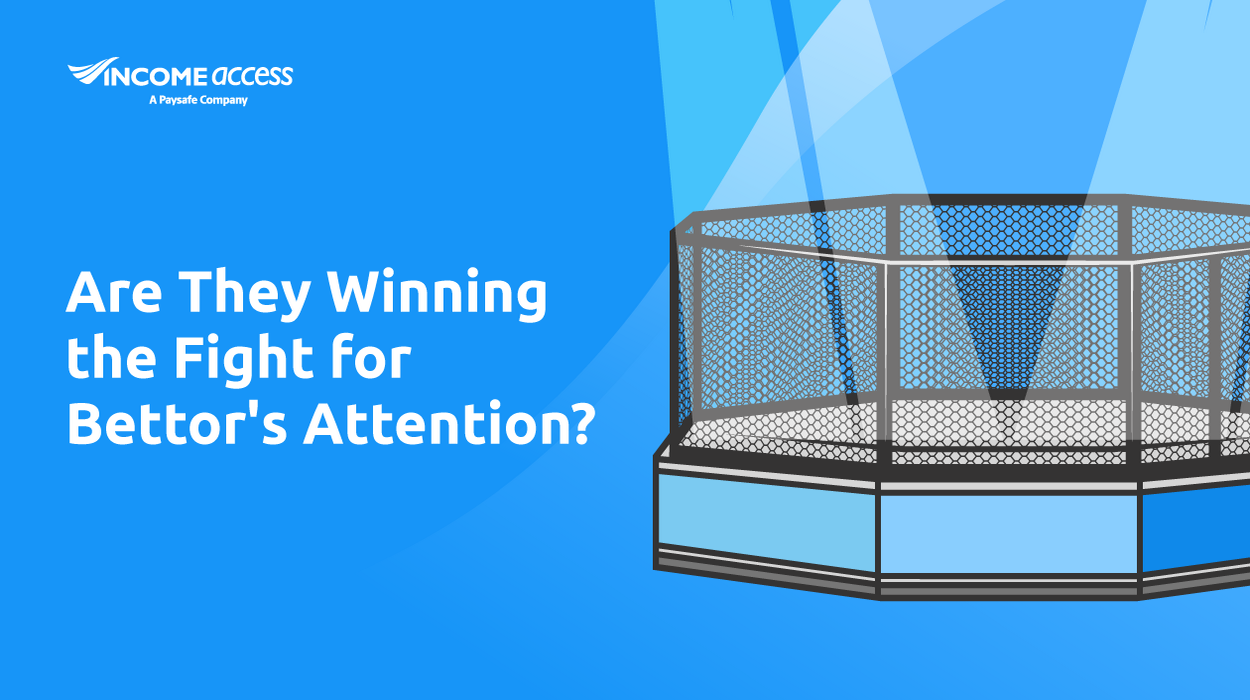
Your March Madness bracket is busted.
I don’t care if it’s with ESPN, Yahoo, CBS or printouts that you filled out by hand with your friends. If you say you still have a perfect bracket, I won’t believe you and neither will any of the experts, real or aspiring, that have already failed to overcome the 1 in 9.2 quintillion (1 in 128 billion, depending on how you look at it) odds of filling out a perfect bracket. If those odds sound exaggerated, I encourage you to listen to the mathematical breakdown provided by Professor Jeff Bergen from Chicago’s DePaul University.As we await the round of 16 at the NCAA Division I National Basketball Championship, which takes place over the course of Thursday and Friday, millions will continue to cling to a whimsical blend of luck, gusto and knowledge – likely in that order – to emerge as victor in their respective pools. Those are some of the essential ingredients in most daily fantasy sports (DFS) offerings, along with the growing number of enthusiasts that wager through them.
Basketball Jones
The rate of growth for DFS, a market presently cornered by FanDuel and DraftKings, has been impressive, fueled by ardent sports fans and punters looking to add another layer of excitement to a favored pastime. In searching for a not-so-negligible microcosm of the ever-growing potential of the industry, we can look to ESPN.com’s March Madness entry system.This year 11.57 million brackets were completed on ESPN.com alone. That’s nearly four times more than the 3 million filled out in 2006. That’s an average of almost 1 million new brackets filled out each year over the last nine years. Not only is that impressive – it’s a perfect picture of sustainability.
March Madness, like many sporting events, is also being viewed by more people via more mediums than any other time in its history. A recent Slate article laid out the different viewing options available to fans, specifically those without a cable login. Apart from the online and mobile app solutions supplied by television networks partnered with the NCAA (i.e. TNT, TBS, TruTV and CBS), alternate methods of watching the action include online-TV service Sling TV, which offers a free seven-day trial of its service.PlayStation Vue, which is currently limited to residents of New York, Chicago and Philadelphia, also offers a sign of what the future may hold for live-streaming accessibility. If the experiment proves successful, the reach of PlayStation Vue will no doubt spread exponentially.
Smart money says that the symbiotic relationship between facilitated access and increased interest in fantasy sports will result in another record breaking year for March Madness video streams, which totaled 70 million in 2014. This was bolstered by a 42% increase in live video streams across all platforms with live mobile streaming up 71%.
Fantasy Slam Dunk
“Encouraging” would be a modest description of the tournament’s first-week live streaming numbers. Turner Sports reported that a total of 54 million hours of coverage has already been consumed – 11 million of those coming through its March Madness Live service.Even with these numbers, however, we can’t ignore the one  shortcoming for existing and prospective DFS operators looking at March Madness as evidence of just how big the fantasy market could get. The tournament only lasts three weeks.
shortcoming for existing and prospective DFS operators looking at March Madness as evidence of just how big the fantasy market could get. The tournament only lasts three weeks.
So the question really becomes: how viable of an entry point is this for new DFS players?
The answer to that question will have a lot to do with how attractive operators can be in their incentivizing of new players. While FanDuel and DraftKings each put forth eye-catching March Madness challenges this year, the number of entrants for those tournaments are capped by law. And, as a FanDuel spokesperson pointed out in a recent Fortune article: “Even if 10,000 people could join, I don’t think they would, because they would see their chances are lower.”
This means there may a glut of potential players holding back because the odds against are just too overwhelming. This also means there exists a great opportunity for business models that reflect an understanding of how to acquire and retain loyal customers. Even brands not equipped to capitalize on the 2015 edition of March Madness will come away with valuable information that can be applied to ongoing brand building and attracting players through other events – primarily the National Football League (NFL), which kicks-off its season in September.
All the figures add up to a mountain of evidence that suggest the DFS market has what it takes to expand and endure. But if there are any lingering questions for those considering entering the market, there is one other factor to consider: sports, while admittedly controversial at times, are, at their core, fun. Does fun have a saturation point? Perhaps. But you’d have to talk to Professor Jeff Bergen to figure out the odds of reaching it anytime soon.


